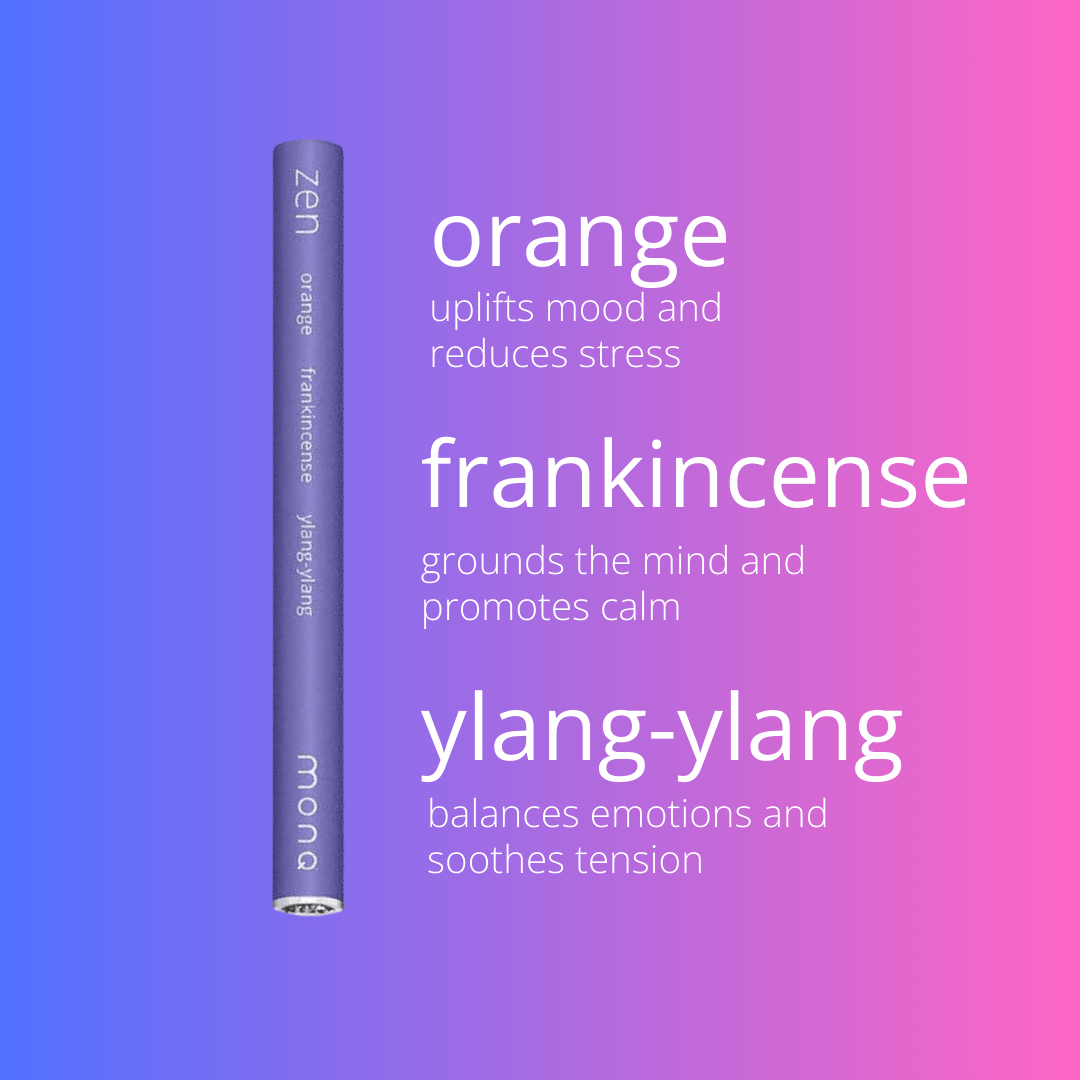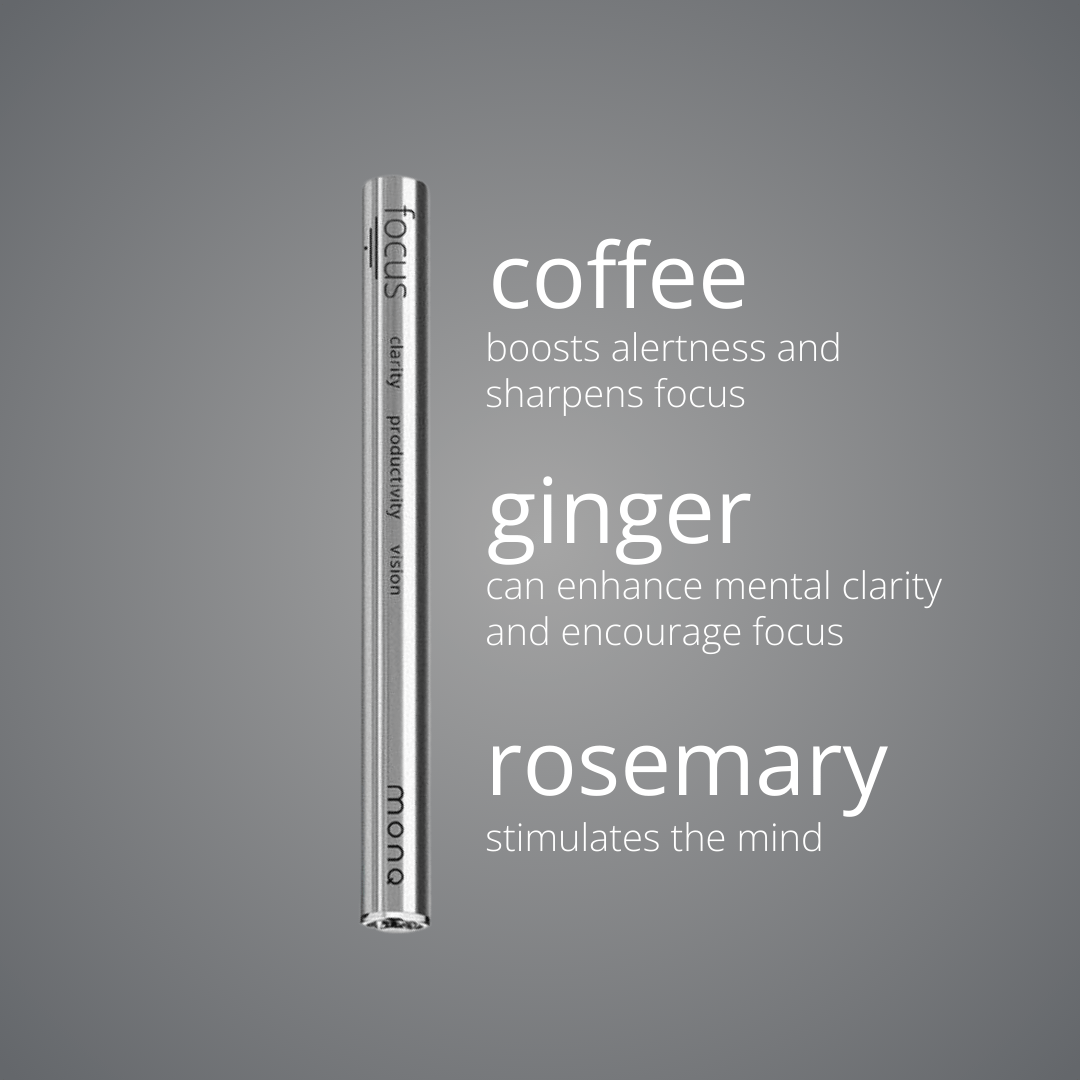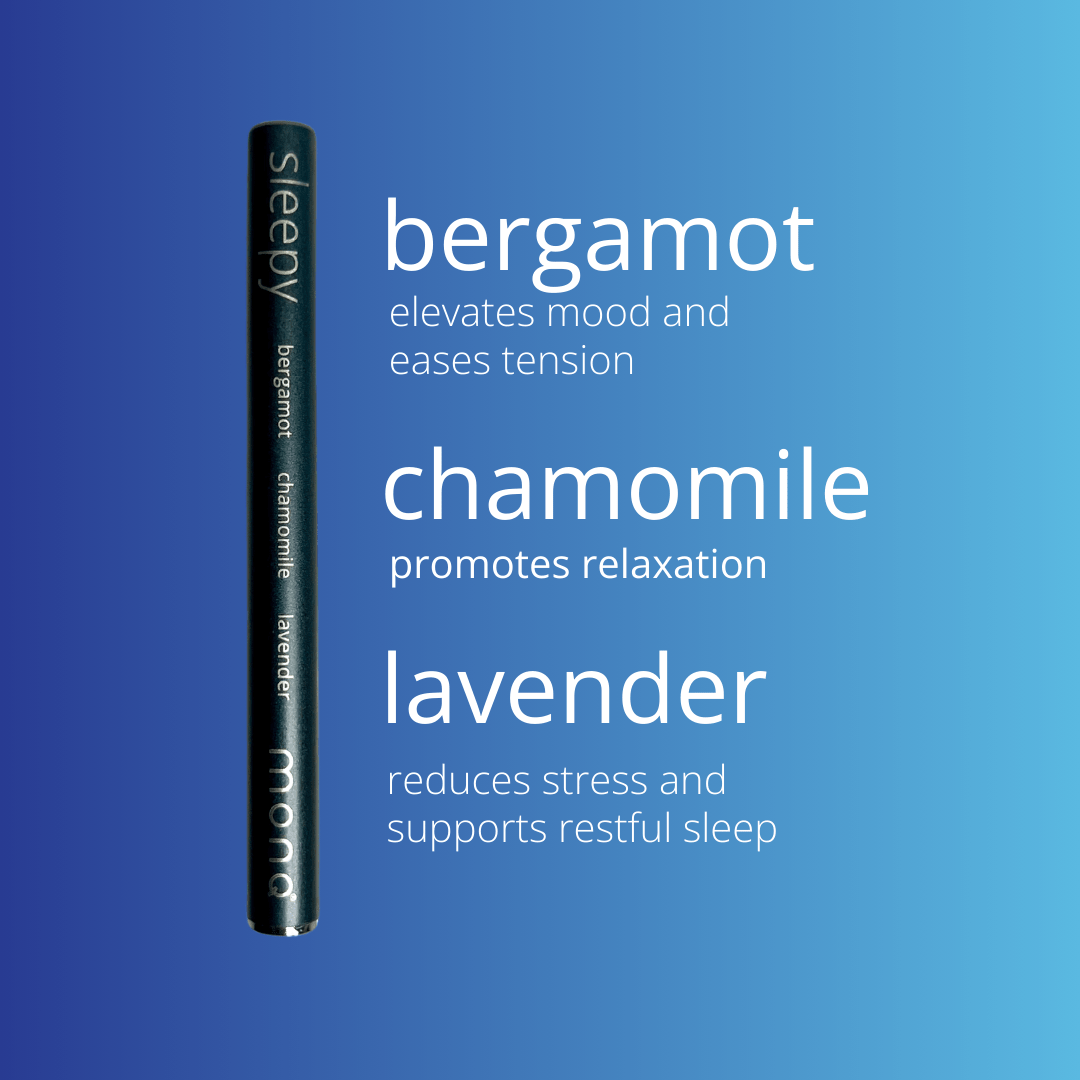Effective Exercises for lower Back Relief

Lower back discomfort is a widespread concern affecting individuals of all ages, stemming from various causes such as poor posture, lifting heavy objects incorrectly, or prolonged sitting. It can also emerge as a prevalent occupational health issue across diverse professions.
The encouraging news is that several beneficial exercises can assist in managing lower back discomfort. Delve into the following exercises to learn how they can be seamlessly integrated into your daily routine to alleviate lower back discomfort.
Effective Exercises for Alleviating Lower Back Discomfort
Dealing with lower back muscle discomfort typically involves a combination of rest and pain management. For minor muscle tweaks, discomfort typically diminishes within a few days to weeks, depending on the initial severity. However, if you experience severe or persistent lower back discomfort, consulting a physician is advisable to rule out underlying health conditions and explore appropriate pain management strategies.
Upon assessing the cause and severity of your back discomfort and consulting with a healthcare provider, incorporating exercises tailored for lower back discomfort can aid in reducing tension and fostering faster recovery. While most exercises focus on stretches, strengthening the core muscles also proves beneficial. The stretches outlined below have demonstrated effectiveness in alleviating back discomfort.
1. Back Stretch: Lie on your back with hands behind your head. Bend your legs, keeping knees together. Slowly roll your knees from side to side while maintaining a flat back, with feet on the floor. Hold each side for 10 seconds and repeat the rolling motion thrice.
2. Knee to Chest: Begin by lying on your back with bent knees. Bring one knee up towards your chest, holding for five seconds. Alternate with the other leg and repeat five times. Adjust the range of motion to avoid discomfort.
3. Lunges: Stand upright, step one leg forward, bending it at the knee, while kneeling on the other knee. Hold the position for five seconds, then return to the initial stance. Repeat three times on each side.
4. Bridges: Lie on your back with feet flat on the floor, hip-width apart. Press your feet into the floor, lifting your buttocks off the ground while keeping shoulders down. Hold the bridge position for 10 seconds, then release. Repeat ten times for three sets, with breaks in between.
Exercise Caution and Consider Alternatives
If stiffness or muscle spasms hinder your ability to initiate exercises for lower back muscle discomfort, exploring essential oils to relax muscles and reduce inflammation could be beneficial. Studies suggest that lavender and bergamot essential oils offer potential relief from acute back discomfort. Additionally, indulging in a warm bath may alleviate muscle tension and discomfort.
Transitioning into these exercises gradually, performing them multiple times a day, can be beneficial for managing acute back discomfort. However, if discomfort persists beyond two weeks or worsens, seeking medical attention is prudent. Additionally, if accompanying symptoms such as numbness or tingling arise, prompt medical evaluation is necessary to rule out underlying conditions.
In the realm of medical management, consulting a physician enables comprehensive assessment and may involve imaging tests to pinpoint the root cause of back discomfort, paving the way for tailored treatment strategies. In the pursuit of long-term relief, cultivating a robust core, maintaining proper posture, and exercising caution during activities involving heavy lifting play pivotal roles in preventing and mitigating back discomfort.
Final Remarks
Effectively addressing and preventing back discomfort entails a multifaceted approach, encompassing tailored exercises, lifestyle modifications, and medical consultation when necessary. By incorporating these exercises into your routine and embracing proactive measures, you can embark on a journey towards alleviating and safeguarding against lower back discomfort.








Leave a comment